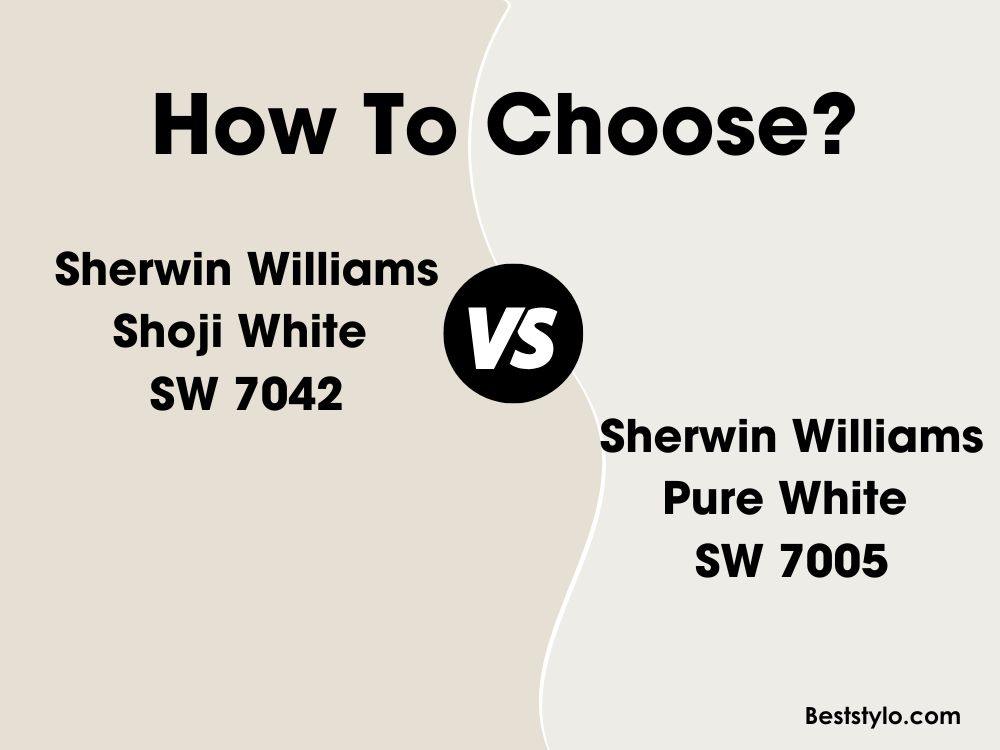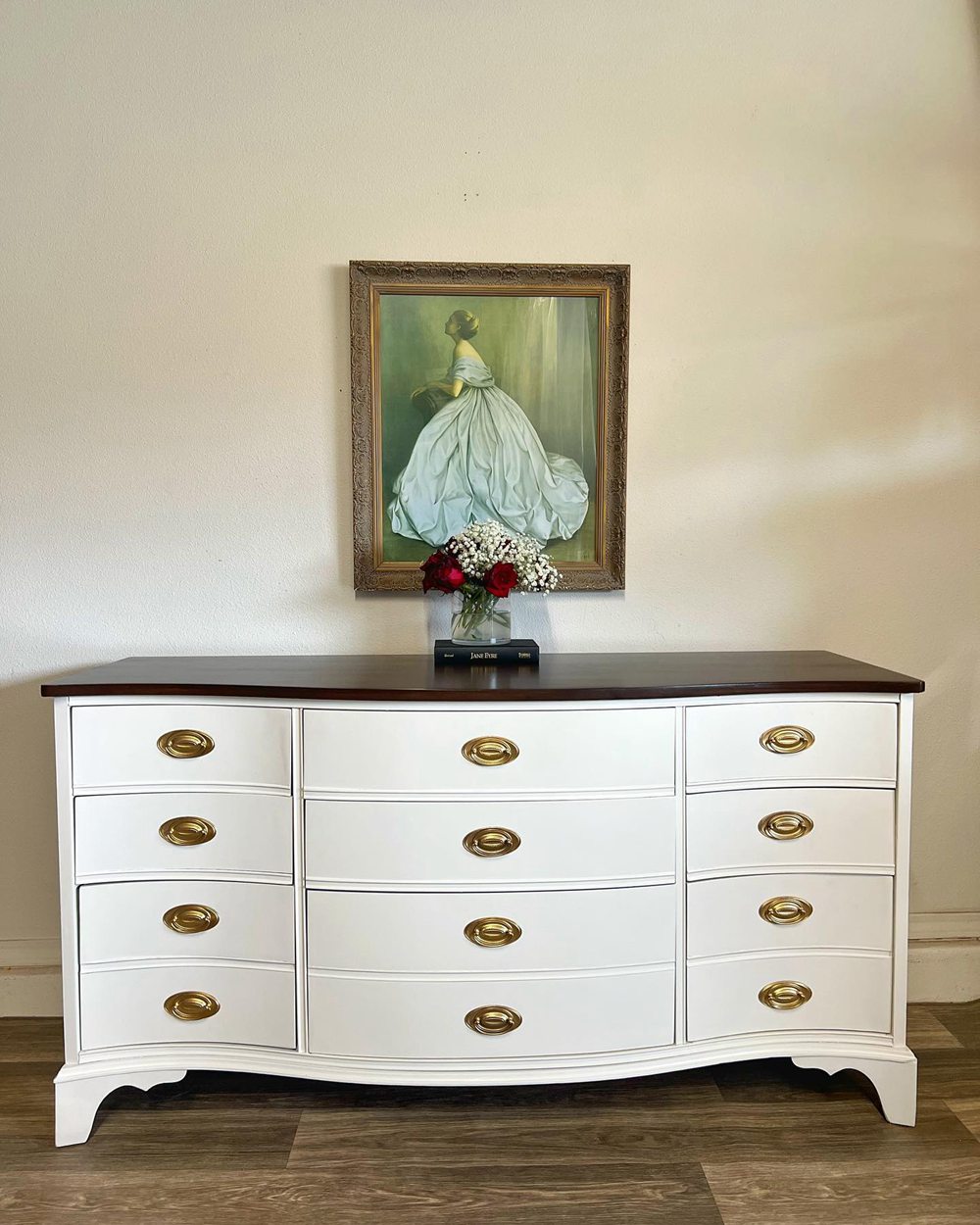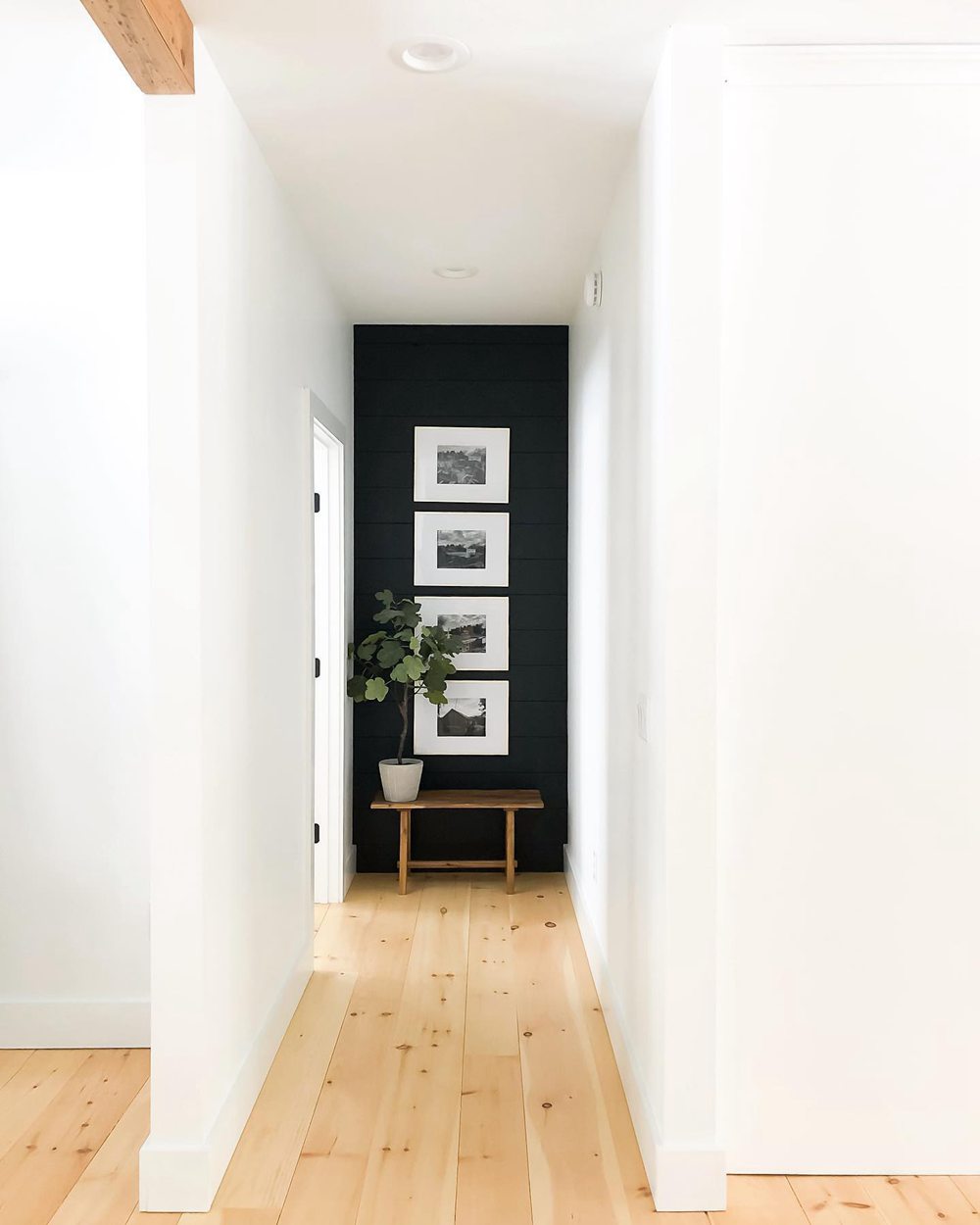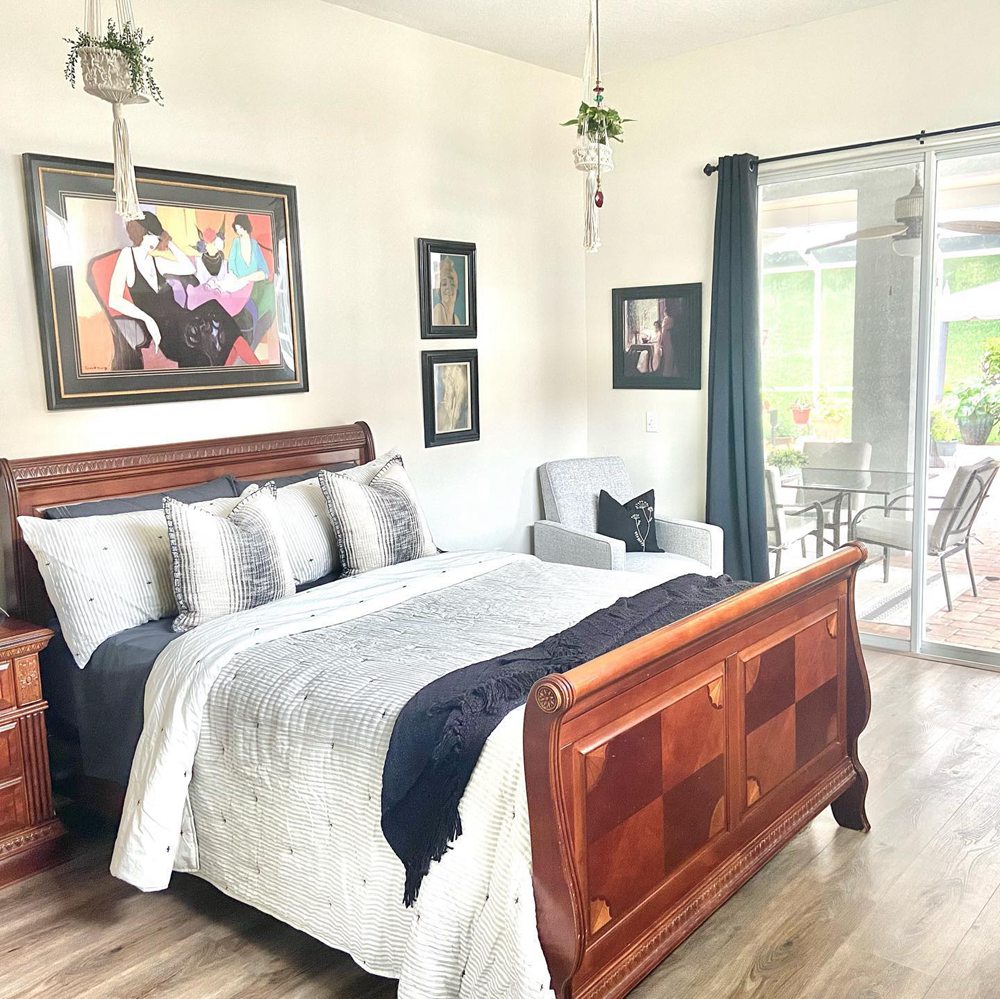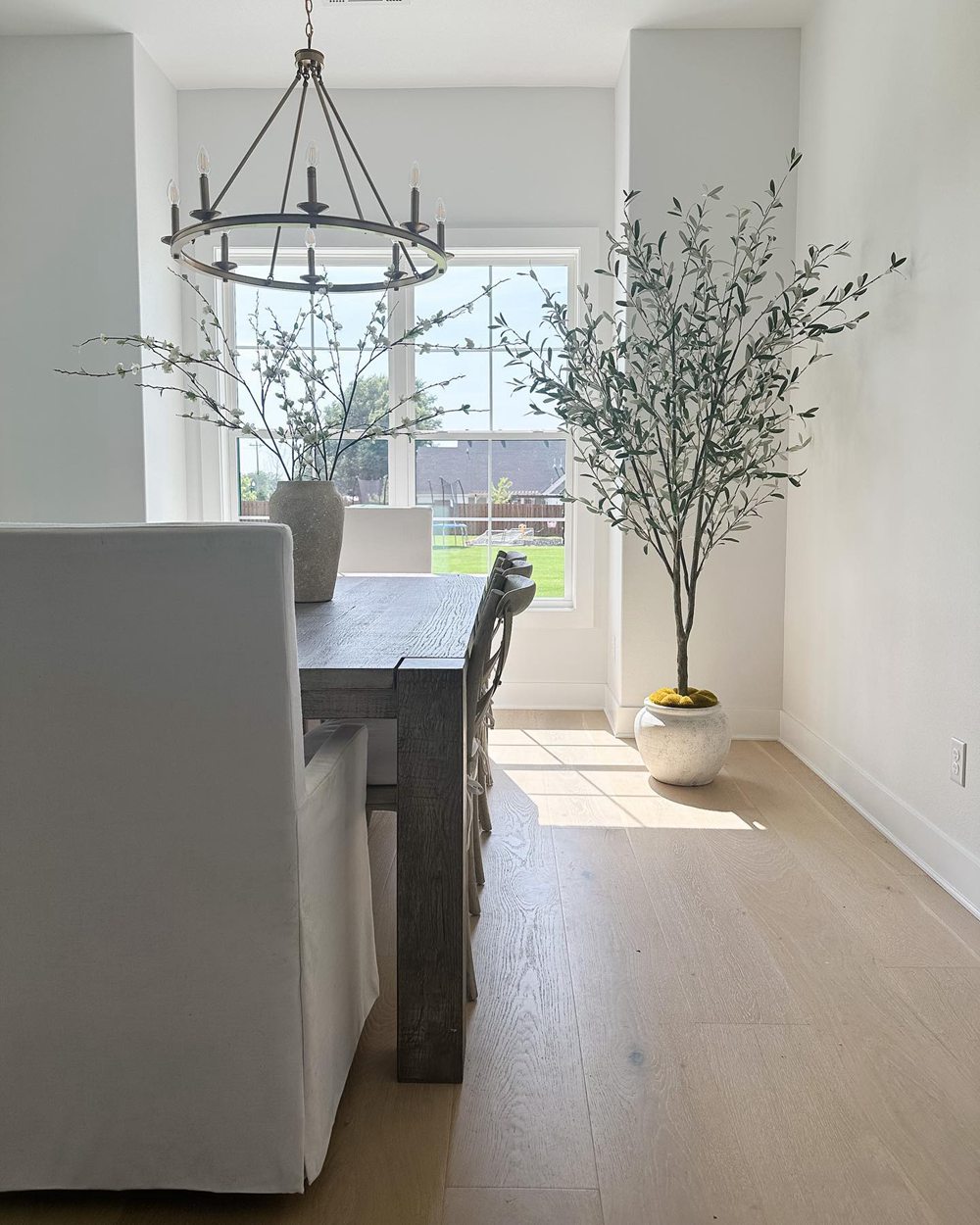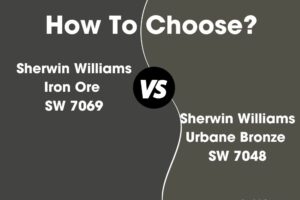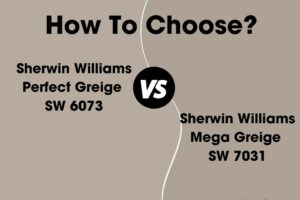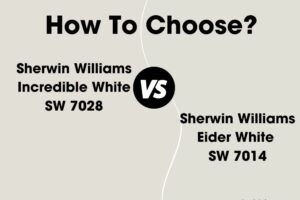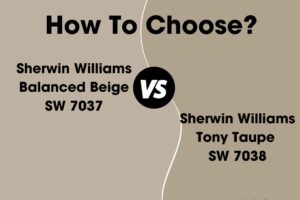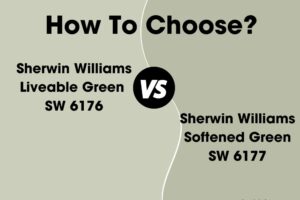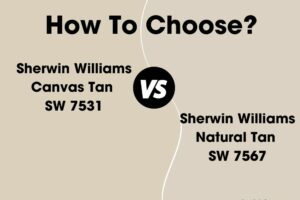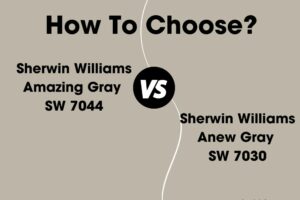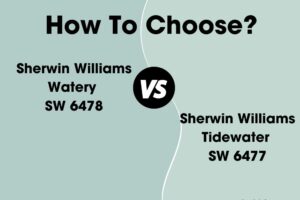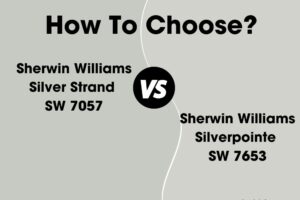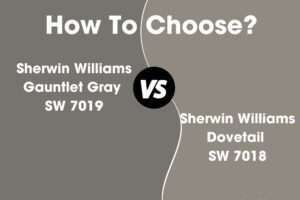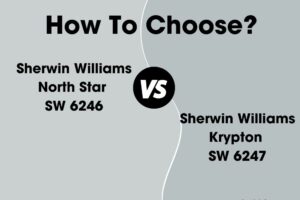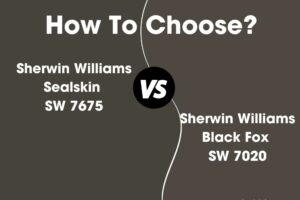When searching for the perfect crisp, clean white paint color, two popular options from Sherwin Williams are Shoji White SW 7042 and Pure White SW 7005. At first glance these two shades appear very similar. But looking closely, there are subtle but noticeable differences in tone and intensity.
This in-depth guide will compare Shoji White vs Pure White to help you determine which is better for your home’s interior. We’ll analyze everything from undertones, light reflectance value (LRV), real photos, room pairings, and more.
By the end, you’ll understand how to choose between these two gorgeous bright whites from Sherwin Williams. Let’s dive in!
Table of Contents
Key Differences Between Shoji White and Pure White
Before getting into the details, here’s a high-level overview of how Shoji White and Pure White differ:
- Undertones – Shoji White is a soft white, Pure White is a crisp white
- Light Reflectance – Shoji White has an LRV of 74, Pure White has an LRV of 84
- Use – Shoji White suits walls, Pure White fits trims
- Rooms – Shoji White excels in bedrooms, Pure White shines on moldings
- Availability – Both come in all sheens
Now let’s explore Shoji White SW 7042 and Pure White SW 7005 more thoroughly.
Detailed Review of Shoji White SW 7042
With its soft, warm white appearance, Shoji White SW 7042 by Sherwin Williams creates a clean and tranquil backdrop well-suited for a variety of spaces and styles. This versatile, flexible white works across many rooms.
Here are some details about Shoji White:
- LRV: 74
- Undertones: Soft white
- Finish: Available in all sheens
- Rooms: Bedrooms, living rooms, offices, bathrooms
- Pairs Well With: All colors
Shoji White is a creamy white with the faintest hint of warmth. In all lighting conditions, it keeps its airy neutral white appearance.
The 74 LRV provides plenty of light without being too stark or blinding. Shoji White gives off a soothing, peaceful vibe perfect for inhabitable spaces.
As a flexible white with just a touch of softness, Shoji White complements any color palette beautifully. Popular Shoji White pairings include:
- Sherwin Williams Repose Gray
- Sherwin Williams Naval
- All bold and muted colors
- White and light wood tones
- Polished chrome and nickel accents
While suitable everywhere at home, Shoji White truly excels in these tranquil spaces:
- Bedrooms
- Living Rooms
- Offices
- Bathrooms
- Hallways and Staircases
Shoji White’s soft versatility creates a clean and relaxing backdrop, perfect for a wide range of styles and designs.
Detailed Review of Pure White SW 7005
With its crisp, stark white appearance, Pure White SW 7005 by Sherwin Williams creates a bright, vivid backdrop and accent that pops in any space. This vivid white commands attention.
Here are some details about Pure White:
- LRV: 84
- Undertones: Crisp white
- Finish: Available in all sheens
- Rooms: Trims, ceilings, doors
- Pairs Well With: All colors
Pure White is a snowy white without even the slightest hint of an undertone. In all lighting, it maintains its true bright white appearance.
The 84 LRV makes Pure White exceptionally reflective and vivid without being clinical. It creates a clean look and sharp contrast.
As a true white, Pure White complements every color scheme and style. Popular Pure White pairings include:
- Sherwin Williams Repose Gray
- Sherwin Williams Black Magic
- Any bold, bright accent color
- Gray, brown, and black trims
- Glossy brass hardware
While suitable everywhere at home, Pure White truly excels as:
- Moldings and trims
- Ceilings
- Doors and cabinetry
- Bathroom fixtures
Pure White’s vividness creates eye-catching contrast and highlights architectural details and features.
Light Reflectance Value Comparison
The main LRV difference between Shoji White and Pure White is noticeable:
- Shoji White SW 7042: 74 LRV
- Pure White SW 7005: 84 LRV
Pure White will read crisper, sharper, and brighter than the soft, airy Shoji White. But both offer excellent illumination.
Direct Comparison of Undertones
When viewed together, here is how the undertones of Shoji White and Pure White differ:
- Shoji White is a creamy soft white with the faintest hint of warmth.
- Pure White is a vivid crisp white without any undertones.
Shoji White has subtle warmth, while Pure White is a complete neutral.
Style and Room Pairings
Due to its soft versatility, Shoji White SW 7042 excels on walls in:
- Bedrooms
- Living Rooms
- Offices
- Bathrooms
- Nurseries
Pure White SW 7005 fits best as an accent and pairs nicely with any color on:
- Moldings and trims
- Ceilings
- Doors and cabinetry
- Bathroom fixtures
- Furniture
So Shoji White shines on walls, while Pure White excels as vivid trim. But both offer versatile brightness.
Real-Life Photo Examples
Let’s look at real-life photos to compare Shoji White and Pure White:
Shoji White SW 7042
Pure White SW 7005
You can see Pure White’s crisper, sharper tone next to the subtle softness of Shoji White. But lighting affects their appearance.
Should You Choose Shoji White or Pure White?
So which of these two bright whites should you choose for your space? Consider the following:
Consider Shoji White SW 7042 if you want:
- A flexible soft white for walls
- A tranquil backdrop for bedrooms and living areas
- A creamy white with hints of warmth
- A versatile neutral suitable for any room
Consider Pure White SW 7005 if you want:
- A vivid crisp white for trims and accents
- Bright white moldings, doors, and ceilings
- A true white without any undertones
- An intense, high contrast white
Shoji White offers soothing versatility for walls, while Pure White provides striking pops of brightness.
Get large color samples before deciding. View Shoji White and Pure White in different lighting at varied times of day to perceive undertones.
Either gorgeous white from Sherwin Williams will look beautiful in your home’s interior!
Decorating Ideas and Color Pairings
On their own, Shoji White and Pure White create airy backdrops. Here are ideas to liven them up:
Shoji White SW 7042 Pairings
- Navy blues and grays
- Black accent pieces
- Rich walnut wood tones
- Polished nickel fixtures
- Subtle abstract art
Pure White SW 7005 Pairings
- Bold primary colors
- Black and white graphic prints
- Glossy black trims
- Bright brass accents
- Marble and granite
Choosing complementary colors and finishes allows you to create stylish, appealing spaces anchored by Shoji White or Pure White.
Room-by-Room Guide
Here are rooms best suited to Shoji White and Pure White:
Bedrooms
Shoji White – Peaceful and tranquil – promotes restful sleep.
Pure White – Crisp vivid white for moldings, ceilings and doors in bedrooms.
Bathrooms
Shoji White – A soothing, flexible wall color suitable for any bathroom style.
Pure White – Use on tile, trims, cabinets for a bright, clean bath.
Kitchens
Shoji White – A soft, informal backdrop that invites conversation.
Pure White – Excellent on cabinetry, ceilings, moldings for an airy kitchen.
Living Rooms
Shoji White – Calm and relaxing – complements any furniture style.
Pure White – Use on trims and crown molding for a crisp, formal living room.
Both whites work well but have unique strengths based on their intensity.
Shoji White vs. Pure White Comparison Chart
Here is a summary comparison between Shoji White SW 7042 and Pure White SW 7005:
| Paint Color | Shoji White SW 7042 | Pure White SW 7005 |
|---|---|---|
| LRV | 74 | 84 |
| Undertone | Soft white | Crisp white |
| Use | Walls | Accents and trims |
| Sheen | All finishes | All finishes |
| Rooms | Bedrooms, living rooms | Moldings, ceilings |
Which White is Best for Your Home?
So which of these gorgeous Sherwin Williams whites works best for you?
Shoji White SW 7042 is the better choice if you want:
- A flexible soft white for wall surfaces
- A soothing, tranquil backdrop
- A white with very subtle warm undertones
- An easy white that works across all rooms
Pure White SW 7005 is ideal if you want:
- A super crisp, vivid white
- To use white as an accent on trims and moldings
- A bright, true white with zero undertones
- Maximum contrast and visibility
Shoji White offers universally flattering softness. Pure White provides bold, eye-catching vividness.
Be sure to get samples before deciding. Either will add beautiful brightness to your home!
Frequently Asked Questions (FAQ)
Here are answers to common questions about Shoji White and Pure White:
Q: How do Shoji White and Pure White differ?
A: Shoji White is a soft creamy white for walls, while Pure White is an intense vivid white for trims and accents. Shoji White has subtle warmth, Pure White has zero undertones.
Q: Which white paint color is brighter?
A: With an LRV of 84, Pure White SW 7005 reflects more light than the 74 LRV of Shoji White SW 7042.
Q: What colors go well with Shoji White?
A: Navy blues, grays, black and white graphic prints, walnut browns, and chrome accents complement Shoji White nicely.
Q: Can you use Pure White on a ceiling?
A: Yes, Pure White SW 7005 looks gorgeous on ceilings as it maximizes brightness without any harsh glare.
Q: Does Shoji White have gray tones?
A: No, Shoji White SW 7042 stays a creamy white without any cool gray undertones coming through.
Conclusion
Whether you select the universally flattering softness of Shoji White SW 7042 or the eye-catching vividness of Pure White SW 7005, both of these Sherwin Williams whites are excellent choices!
Test them out to find the perfect crisp white for your home’s style. Your bright and beautiful interior awaits!


